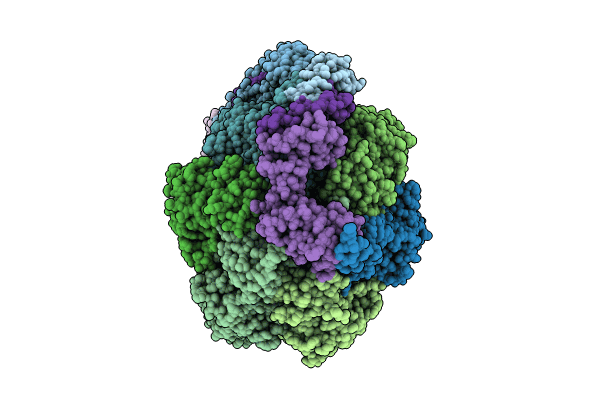
Deposition Date
2022-11-07
Release Date
2024-02-07
Last Version Date
2025-05-28
Method Details:
Experimental Method:
Resolution:
4.00 Å
Aggregation State:
PARTICLE
Reconstruction Method:
SINGLE PARTICLE


